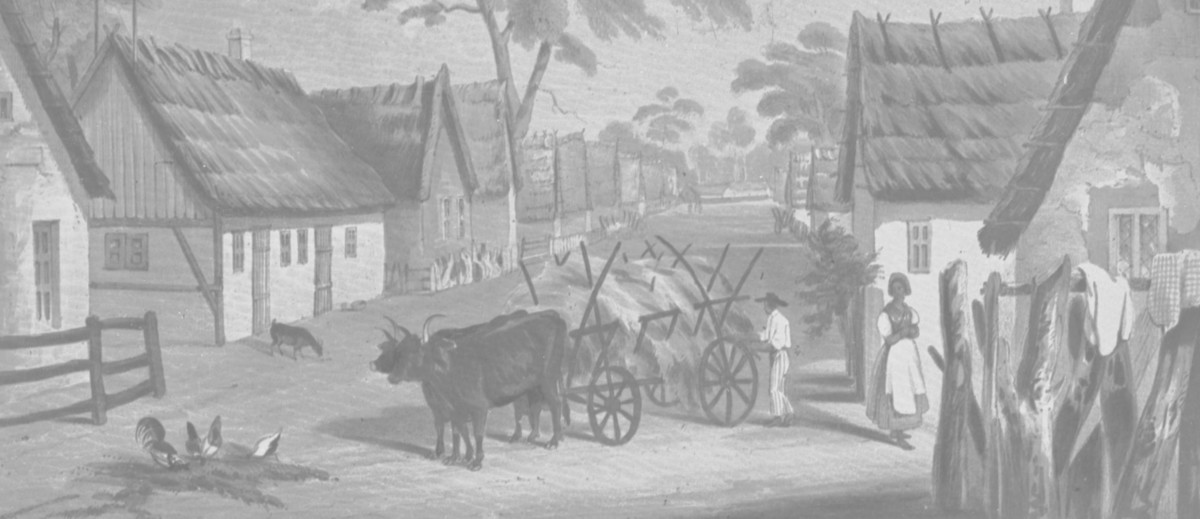Person
ContributeGeorge French Angas was born in Newcastle upon Tyne, England, on 25th April 1822, the eldest son of George Fife Angas and his wife Rosetta (née French). He showed an early interest in natural history and art, and soon decided that a career in his father’s London counting house was not for him. At the age of 21 he sailed for Australia, arriving at Port Adelaide in January 1844. In the following six months he made several journeys, accompanying William Giles on a trip to the Murray mouth and the Coorong (where he sketched the now extinct Toolache Wallaby), spending time on his father’s estate in the Barossa Valley, travelling around Fleurieu Peninsula, and also accompanying the Governor, George Grey, on an expedition to the south-east.
After a further six months travelling extensively in New Zealand, he returned to South Australia and made a second trip with Grey, this time to Kangaroo Island and Port Lincoln. In June 1845 the watercolours from these journeys were shown in the Legislative Council Chamber on North Terrace. It was the colony’s first one-man art exhibition. Shortly after this, Angas returned to England by way of Rio de Janeiro, Brazil, where he made a number of watercolours, now in the library of the Royal Geographical Society of South Australia.
In April 1846 he opened a grand exhibition of more than 300 paintings in the Egyptian Hall, Piccadilly, London. The pictures were praised for their harmony, their delicate colouring and for the insights they provided into little-known parts of the Empire. As a naturalist with particular interests in ethnology, conchology and botany, Angas took especial care to depict the Australian landscape, its flora, fauna and Aboriginal inhabitants, with meticulous accuracy. In 1846-7 he published three folio volumes of lithographs after his water-colours: South Australia Illustrated, The New Zealanders Illustrated and Savage Life and Scenes in Australia and New Zealand. Many of the original water-colours are held in the Art Gallery of South Australia and in the South Australian Museum.
Angas next travelled to South Africa and in 1849 published The Kafirs Illustrated and Description of the Barossa Range, which contained six hand-coloured lithographs by Angas and a text by ‘Agricola’ (probably his younger brother John Howard Angas). On 27th December 1849 he married Anna Alicia Moran and a few months later they emigrated to Adelaide, where Angas set up a studio in King William Street. He applied for a teaching position at St. Peter’s College but was offered only one guinea per pupil per quarter, which he regarded as ‘a beggarly stipend’, and intimated that he would shortly leave South Australia. In 1851 he was the first artist to record Australia’s first gold rush, publishing Six Views of the Gold Field of Ophir (near Bathurst, New South Wales). In 1853 he was appointed Secretary and Accountant of the Australian Museum in Sydney, a position he held for six years, living with his wife and daughters in the residential apartments of the museum itself. Here he devoted himself to keeping accounts, cataloguing a vast number of shells (many of which he had amassed himself), drawing specimens in the museum’s collections, and researching and describing the nudibranchs (brightly-coloured marine molluscs) of the Sydney area.
In 1860 Angas returned to South Australia and served for two years as Chairman of the District Council of Angaston before leaving Australia and returning with his family to London. He published two popular books on Australia and Polynesia, illustrated the journals of John McDouall Stuart and John Forrest, wrote over fifty articles on new species of marine and land shells, and, at the age of 62, spent several months on the island of Dominica in the Caribbean, collecting butterflies, moths, birds and shells. He died in London on 4th October 1886.
Media
Add mediaImages

South Australian Government Grant 1959, Art Gallery of South Australia, Adelaide. Not to be reproduced with out permission.

Image courtesy of the State Library of South Australia, SLSA: B 7115, Public Domain



CommentAdd new comment
Quickly, it's still quiet here; be the first to have your say!